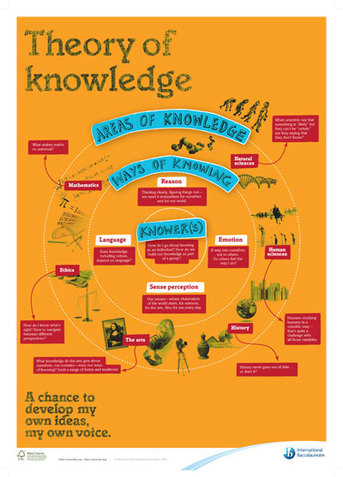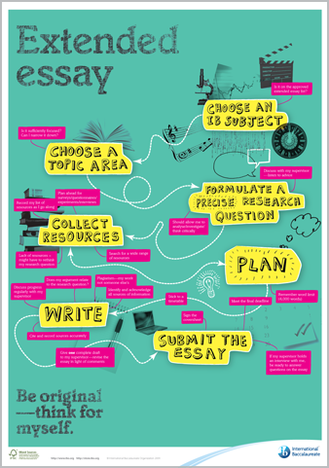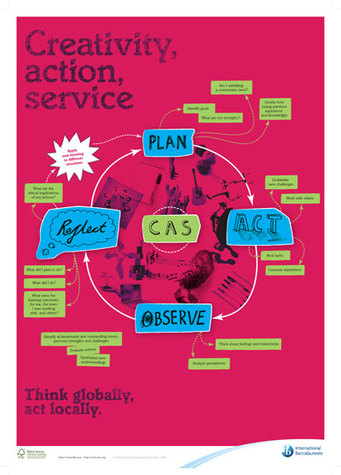Introduction
|
The difference between SL and HL in Geography:
|
Syllabus outline
Your browser does not support viewing this document. Click here to download the document.
| Diploma Programme Geography | |
| File Size: | 16 kb |
| File Type: | docx |
Your browser does not support viewing this document. Click here to download the document.
How does Geography fit in the IB as a whole?
|
There are a variety of ways of gaining knowledge in geography —for example, archival evidence, data collection, experimentation, observation, and inductive and deductive reasoning. Geography students also explore and think critically about the interactions between people and their environment in time and place. All of these elements can be used to help explain patterns of behaviour and contribute to an examination of how we know what we claim to know.
During the Diploma Programme geography course, a number of opportunities will arise that can be used to highlight the relationship and common goals between TOK and geography. Some of the knowledge questions and claims that might be considered during the geography course are identified below.
|
An extended essay in geography is not an extension of the internal assessment task for the subject. Students must ensure that they understand the clear distinction between the internal assessment and the extended essay. While there is inevitably an overlap in the skills being developed, there are clear distinctions between the tasks and a different emphasis in terms of the sources and types of data used.
An extended essay in geography provides the student with an opportunity to apply a range of geographic skills to complete an independent and in-depth research investigation using geographic concepts, methodologies, theories, and sources with a clear spatial emphasis. It is important that the topic of the essay is geographic and gives a clear indication of the nature of the research. The essay topic may relate to an area of the Diploma Programme geography course, but this is not a requirement and other areas of the wider subject may be explored. The scope of the essay should not be too broad, as such essays are rarely successful. The research question should be single and focused, clearly stated and must be framed in question form. It is the task of the supervisor to ensure that the research question is relevant to the subject, leads the student along a path that utilizes appropriate geographic sources, and encourages the application of relevant subject concepts, theories or ideas. It is important that the geographic and theoretical context is well established early in the essay. Investigations carried out at a local scale usually meet the expectations of the higher bands of the markscheme. This narrow focus discourages an over-reliance on published materials and encourages original research. It is rare for an essay that is based entirely on published texts to score highly. Investigations conducted in a location that is familiar and accessible to the student have a much greater chance of achieving success through more personal involvement, which in turn encourages greater in-depth research. |
An important characteristic of the geography course is that students examine spatial interactions, possibilities and change in a contextual way. Due to the interconnectedness of our contemporary world, many global challenges may present themselves in students’ local or otherwise significant communities as inspiring springboards for CAS experiences. As a result of the knowledge and understanding students develop about issues through a geographic lens, they might be able to investigate, plan, act, reflect on and demonstrate CAS experiences in a more informed and meaningful way. Similarly, CAS experiences can ignite students’ passions for addressing a particular global matter.
The challenge and enjoyment of CAS experiences can often have a profound effect on geography students, who might choose, for example, to engage with CAS in the following ways.
|





